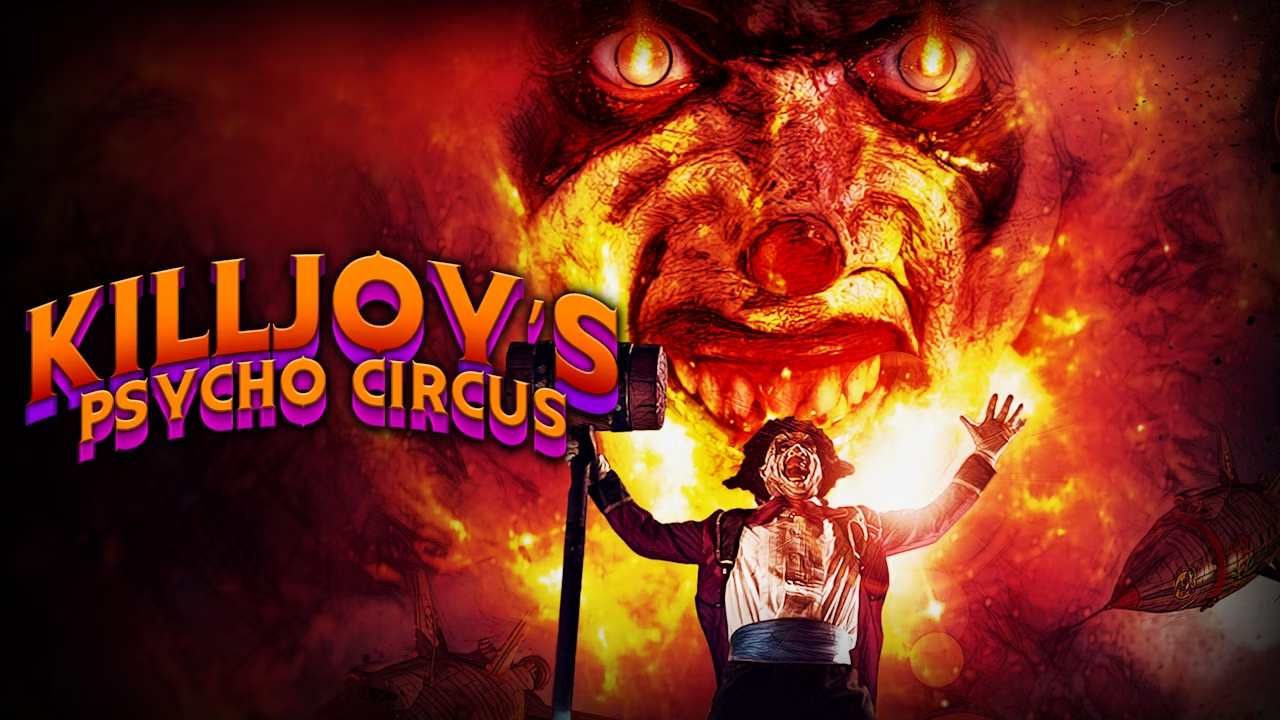In doing my “Search for the Best Animation and Best Animators,” I knew I would have to eventually dabble into the Toy Story franchise. In a weird way, talking about John Lasseter’s directorial debut feels overwhelming to me. I have reviewed over 200 films on Nickelbib and yet I’ve only talked about two Pixar animated films in the five years’ worth of reviews I’ve archived (those being Coco and Incredibles 2). And, as watchable as those films might have been, the amount of deeply embedded nostalgia I have with the Toy Story series is only rivaled by my infatuation with the horror series’ like A Nightmare on Elm Street I was brought up on. The difference between Toy Story and, say, A Nightmare on Elm Street, however, is in my expectations for it. Although I love the Elm Street series, I’ve never been coy about sharing my criticisms with it. I love it, but I know it isn’t without its mistakes, and sometimes there’s even a lot of them. Toy Story, on the other-hand, is simply one of the most beloved film series’ ever, and one that has had ever film receive critical-acclaim. This review commemorates the first time I’ve watched Toy Story from start to finish since the release of Toy Story 3, has the film aged like fine wine or like milk? Here are my thoughts…
Something I was a little leery about with revisiting Toy Story was talking about the animation. If I think about the best-looking animations, I would think of either Pixar, or, maybe even, more specifically Toy Story itself. However, by Toy Story 3’s release, the first film was already fifteen years old, and by now, it’s been around for almost a quarter of a century. Toy Story is the first computer-animated feature-length film, and because of that fact alone, it is revolutionary. However, when talking about films the way I do, although I have a devout appreciation for the technical aspects and commend films that are ahead of their time, I know I must talk about how their aesthetic has aged after its release. To my surprise, I’ve found that unlike, Antz, Dreamworks’ first computer-animated film, which I felt hadn’t aged well and didn’t look very appeasing visually from the start, despite being an alright film, Toy Story still looks very good. If you put it up-front with its successors, you’ll certainly be able to see how much more detailed the sequels are and some character-models might occasionally look choppier than ideal, but I didn’t find it off-putting at all. Even if it may not look like the ground-breaking film it was any more, it didn’t damage my overall enjoyment. It’s a colorful, realized visual world that feels energetic, creative, and distinct.
The voice-action is performed admirably on all accounts, which is to be expected given the high-rate talent involved.
The storyline is multifaceted and easy to become invested it, with characters like Sid, the unsupervised child who blows up toys in his backyard, serving as a minor antagonist. In-retrospect, asides the fact that it’s dangerous for a child to play with explosives without knowing what they’re doing, what Sid’s doing isn’t hurting anyone. But, in this fantastical world where toys are anthropomorphized, he seems like the absolute scum of the Earth. It’s in this fantastical absurdity that the characters draw their emotional depth. Woody feeling threatened because Andy doesn’t want to play with him and Buzz more-or-less having an existential crisis when he discovers he’s a toy. A shot in the film exemplifies this, when Buzz tries and fails to fly, leaving the camera to gradually pull back, showing how small he is in the grander scheme of things. This is also complimented by Randy Newman’s singing in the background which directly correlates with the situation.
Meanwhile, Woody drew egotism while knowing what he was, staking claim as Andy’s favorite. Through this, and its witty sense-of-humor, which has more visual-gags than I ever noticed as a child, it’s able to juggle being substantial enough to appease adults and simple enough to entertain its more-central demographic.
The film is considered revolutionary for a reason, because it has thematic and cinematic depth that hadn’t been seen by an animated film on this level. It’s entertaining and fast-moving, with well-constructed characters and strong, inspired animation, alongside a thoughtful story, backed by talented people behind the scenes. When the short-film Tin Toy, the short-film of which Toy Story is based, drew attention, Walt Disney tried what they could to bring back the director. John Lasseter declined, showing his gratitude, but saying, “I can go to Disney and be a director, or I can stay here and make history.” I think that exemplifies the amount what type of effort and dedication went into this film. This great film…





